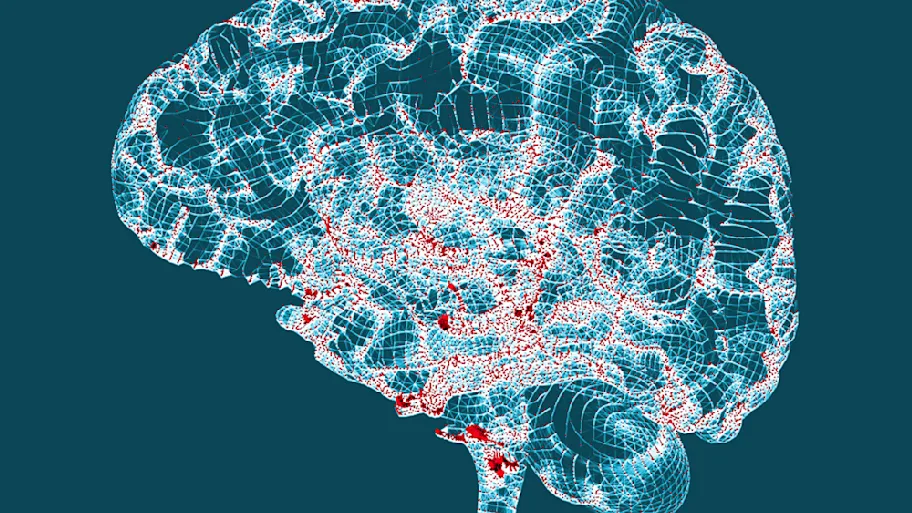
- Science news
- Neuroscience
- Study sheds light on link between diseases like Alzheimer’s and normal aging in the brain
Study sheds light on link between diseases like Alzheimer’s and normal aging in the brain
C. elegans overexpressing AB and PAR-5, day 3. Video courtesy of Nicole Groh.
Ground-breaking study opens up new area of preventative research for diseases like Alzheimer’s: Targeting age-dependent protein aggregates as possible therapeutic targets.
— By Mark Wartenberg
In a recent Frontiers in Aging Neuroscience paper, Drs. Della David and Frank Baumann together with their teams at the German Center for Neurodegenerative Diseases and Hertie Institute, showed that changes in proteins associated with aging were directly implicated in the protein formations commonly associated with Alzheimer’s disease.
Neurodegenerative diseases are often associated with protein aggregates. These are clumps of proteins created when misfolded proteins — proteins that have lost the elaborate but recognizable shape that dictates their function — assemble together to form a highly intractable structure. Recent research has also shown that even in the absence of disease, proteins can aggregate increasingly with age.
In the case of Alzheimer’s the researchers investigated whether the Amyloid beta (Aβ) aggregates closely associated with the disease could be induced by aging seeds: proteins that clump together with age to form aggregates. This would occur through a hypothesized phenomenon called cross-seeding, where different protein aggregates can induce each other’s aggregation. Crucially, the few existing examples of cross-seeding occur between disease-associated proteins.
The study’s experiments on C. elegans, an organism whose limited number of cells and relative complexity makes it an ideal test subject, showed that age-dependent protein aggregates can induce Aβ aggregation in vitro, and that the age-dependent protein aggregates of older C. elegans specimens were particularly likely to cross-seed Aβ aggregates.
In order to verify the applicability of these results to mammals, the same tests were performed in vitro on mouse brain extracts of varying age, with similar outcomes.
By performing a protein count via mass spectrometry for C. elegans, the study also identified some proteins for further investigation. The most promising candidates for cross-seeding activity were proteins present as minor components in disease-associated aggregates, which aggregate increasingly after middle-age.
Furthermore, the researchers demonstrated that one of these aggregation-prone proteins, PAR-5, can induce Aβ toxicity in vivo. According to paralysis rates, the combination of overexpressed PAR-5 with overexpressed Aβ accelerated Aβ toxicity in C. elegans.
Combined with the mass spectrometry, these experiments further highlight that certain minor components may qualify as proteins that “could be more prone to aggregate in specific brain regions and thus help the generation and spreading of disease-associated seeds in certain brain circuits.”
This study thus predicts that changes in protein conformations associated with old age may initiate Alzheimer’s disease through Aβ aggregation and toxicity.
Given that the study’s in vitro assays cannot mimic the entire complexity of the brain and picture all neurobiological interactions, the researchers encourage an “in vivo assessment by injecting age-dependent aggregates into a pre-symptomatic transgenic mouse models for Alzheimer’s disease.”
They add that aggregating proteins should be mapped in both healthy and neurodegenerative human brain samples, as a way of clarifying “which aging seeds need to be looked at and whether certain aging seeds would be more prone to seed or associate with specific disease types in specific anatomical areas.”
This research is part of a broader collection of articles – a Frontiers Research Topic – which elucidates on the mechanisms of protein folding and their role in neurodegenerative disorders.






